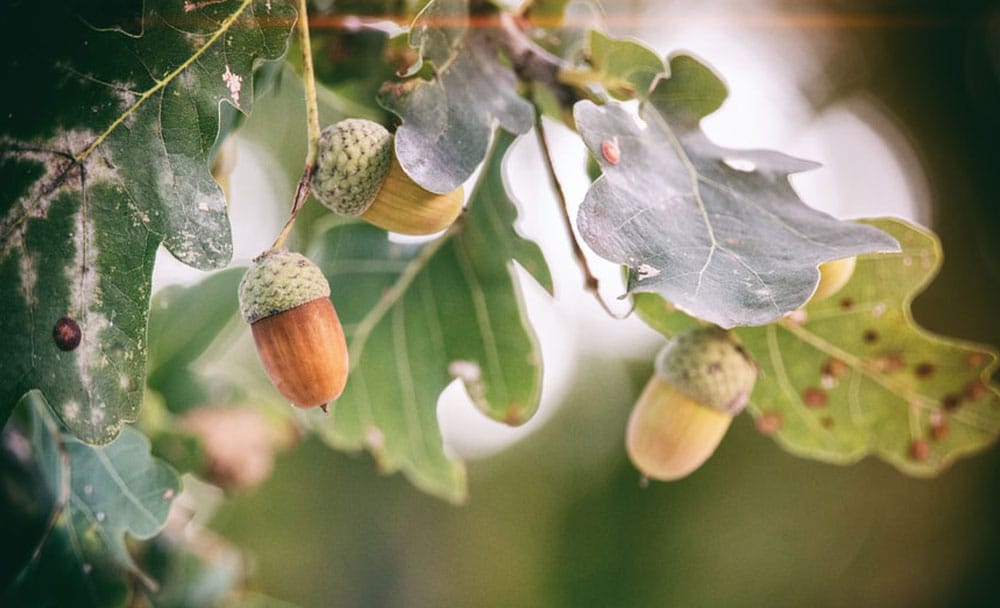
Ayurvedic treatments involve the use of many herbs and plants as medicines. One such plant is the Indian oak tree, an evergreen tree found mainly in India’s Himalayan regions.
All parts of this tree, such as leaves, bark, roots, fruits, etc., can be used for medicinal purposes, providing several oak tree benefits. Each part of this tree exhibits important medicinal properties that can treat specific diseases.
Also known as Barringtonia acutangula, the oak tree in India treats many diseases, such as diarrhea, eye diseases, liver problems, etc. It is also popularly known as Hijjal and Samudraphal.
Medicinal Properties of the Indian Oak Tree
- Barringtonia acutangula exhibits potential antibacterial and antifungal properties.
- It is highly rich in antioxidants and therefore vastly helps in fighting free radical damage in the body. This is one of the most significant oak tree benefits.
- Barringtonia acutangula is also an excellent hypoglycemic agent. It helps to lower the levels of blood glucose in the body.
- It is a hepatoprotective agent and therefore helps to prevent liver damage in the body.
- Barringtonia acutangula has prominent antidiarrhoeal activity.
- It is rich in anti-inflammatory properties and therefore aids in the treatment of many inflammatory diseases.

Therapeutic Uses and Benefits of the Indian Oak Tree
- Barringtonia acutangula is widely used in the Nasyam treatment to cure headaches.
- One of the most prominent oak tree benefits is that it is used in the treatment of many types of eye disorders.
- It is known to pacify aggravated Kapha and Pitta in the body, and therefore, is effectively used in the emesis and purgation treatments of Ayurveda.
- According to Ayurveda, Barringtonia acutangula is one of the best remedies to treat diarrhea, owing to its antidiarrheal properties.
- It is also very effective in alleviating fever in the body.
- One of the most significant oak tree uses is in the treatment of spider poisoning and insect bites.
- The antibacterial, antifungal, anti-inflammatory and antioxidant properties of this tree help to treat various skin disorders.
- The anti-inflammatory properties present in this tree can help to treat swelling and pain in the body.
- It possesses antitumor activity and is, therefore, highly effective in the treatment of tumors.
- One of the least-known uses of Barringtonia acutangula is in the treatment of intestinal worms in the body.
How is the Indian Oak Tree Used?
Oak tree uses comprise of the utilization of all parts of the Indian Oak tree including roots, bark, leaves and seeds for different medicinal purposes. For example, the seeds of this tree are highly beneficial in treating eye diseases, whereas its leaves are very effective in curing diarrhoea. It is usually prescribed in the form of powder, juice, paste or decoctions. The method to use Barringtonia acutangula vastly depends on the medical condition of the person. Barringtonia acutangula or the oak tree in India is a highly useful medicinal plant and therefore should only be used in the prescribed dosage and method for effective results.
Side Effects of the Indian Oak Tree
There are no known side effects of this tree. However, it is recommended to use it under the guidance of an Ayurvedic doctor.
Takeaway
Barringtonia acutangula exhibits many beneficial medicinal properties. The therapeutic oak tree uses range from diarrhea to tumors. Therefore, it is an extremely important medicinal plant of Ayurveda. Since it does not have any severe side effects, it is one of the best herbs to consume. However, it must be consumed in the prescribed dosage and method to gain maximum oak tree benefits for your health.


















